Breaking 7 Rules of Editing: My Short Movie – Speaker
“Rule 1: Never make a cut without a positive reason.”
“Rule 2: When undecided about the exact frame to cut on, cut long rather than short.
THIS RULE NO LONGER EXISTS IN FILM
“Rule 3: Whenever possible cut ‘in movement’.”
“Rule 4: The ‘fresh’ is preferable to the ‘stale’.”
Structure of a Story: The Set-Up, The Conflict & The Resolution
Sex and the City: The Movie (2008)
The Set Up:
The film begins with a montage about Carrie, Samantha, Charlotte & Miranda from the TV series. In the set up, we are introduced to the main characters and their stories. You meet Carrie Bradshaw; a Writer at Vogue magazine, a Columnist for the New York Star and a Author; Samantha Jones; a PR; Charlotte York-Goldenblatt; a housewife and a former art dealer and Miranda Hobbs; a lawyer. We see their previous life experiences such as finding and losing love, experiencing pain and heartache, marriage and divorce, having and losing child and most importantly friendship. Not only are we introduced to their life experiences we are also introduced to the their lifestyle. This familiarizes yourself with the characters for those who already know and its a completely new introduction for those who don’t know.
(Screen grab of the four main characters. This is the point were we are introduced to the characters Carrie, Samantha, Charlotte and Miranda)
The title of the film indicates that the film is set in the city. With the city being New York, we are automatically introduced to New York with the consistent 5 second video footage of New York. You see Brooklyn Bridge, the Woolworth Building and various other buildings in Manhattan. This reassures the audience that they are located in New York City. This is know as Iconography. The director is glamorizing New York with lights and angle shots.
(Screen grab of the building in New York that are featured in the beginning of the movie)
Then we are introduced to there lifestyle. The clothes, the shoes, the labels etc. With fashion being one of the films key exploring points, the film focuses on the lifestyle for 1 minute or 2. This shows the audience several things. From this scene, you as the viewer can pass your own judgement on characters. Being the main characters; this creates a bond between the characters and the audience as it allows the audience to fantasize about becoming like or being one of the characters. This identifies with them in some way shape or form.
The Conflict:
The conflict in the film is the wedding scene. At this point in the film, we already know the characters and we how they will respond to the conflict. In this scene, Carrie and Mr. Big are meant to get married however Mr. Big aka John James Preston starts having doubts about marrying Carrie and he leaves Carrie at the alter.
By this time the audience has been drawn into the film almost imagining they are part of the cast. Marriage is a large step and going through Carrie’s steps of preparation i.e packing and moving out of her old apartment; is a lot. Anticipation is built to see the “fairytale” come true and so when it doesn’t happen the audience feels the heartbreak just as much as Carrie does. Its an emotional connection.
The Resolution:
As the film reaches it climax, the “fairytale” comes true and Carrie and Mr. Big get married not in a conventional way. Instead of a lavish over-the-top wedding filled with glamorous gowns and expensive flowers; they decide to go for a small wedding at City Hall. This scene in the film goes to show that behind the glitz and glamour, there love for each other still conquered.
Besides the wedding, this is one of the most emotional and heart-warming scene in the film. Throughout the whole film, you witness good and bad things happen to the characters and by the end of the film you witness happiness and joy. Each character continues to explore their life.
Wanted (2008)
The Set Up:
The film starts with an introduction to Wesley Gibson, an accountant who doesn’t know his own identity. He hates his life and his job and is constantly looking for a solution but can never seem to find one. Fox; a well trained assassin who works at the fraternity has been sent on a secret mission to take Wesley under her wing and train him to become a member and kill Mr X. Unaware to Wesley,the guy he is trying to kill is his father.
The location is unidentified at the start of the film. The main theme for the set is loneliness. You have an automatic connection to the character because of his loneliness. The title of the film indicates that someone in the film is “Wanted”. This little hint is the first that that grabs your attention to the film.
The Conflict:
Sloane; the leader of the fraternity wants to kill Mr. X because he Mr. X knows the truth about the fraternity and Sloane’s betrayal. Wesley who decides he wants to learn more about his “fake” father and become an assassin is put through hard core training to make him a better assassin. Sloane, decides to set Wesley targets that will prepare him for when he comes face to face with Mr. X. Unaware of what is actually going on Wesley continues his training. Fox and The Gunsmith are aware of what is happening and continue to go along with Sloane’s plan. Wesley is finally order to kill Mr. X, however when the time comes for him to kill Mr. X; it is revealed that Mr. X is his father. Wesley doesn’t believe him at first but when Fox confirms that this has all been set up, Wesley escapes from Fox and the fraternity.
Because of the suspense that has been building up throughout the film you know that something thrilling and dramatic is going to happen. This is captivating. This is what the audience have been waiting for.
The Resolution:
After learning the truth about the fraternity and Sloane, Wesley decides to seek revenge. He embarks on a kill adventure, killing those of the fraternity who betrayed him. After learning the truth, he studies his father’s greatest move and kills and sets out to seek well deserved revenge.
White Chicks (2004)
The Set Up:
The film starts with an introduction to main characters Kevin Copeland and Marcus Copeland. They are FBI agents who keep messing up at work; constantly. Deciding before hand that they want to impress the boss, they go a convenience store to try and capture a cocaine deal that’s taking place there. However; unaware of what the people look like they take out the wrong guys and mess up the whole situation. There FBI supervisor, Elliott Gordon is furious with them as they keep messing up and decides to give them one more chance telling them that if they mess up one more time their fired.
The Conflict:
The conflict begins when Kevin and Marcus pick up Tiffany and Brittany from the airport. On their way to the Hampton’s, a accident occurs where in the car. After the crash; Tiffany and Brittany discover that they have injuries and refuse to go to the Hampton’s. Afraid that their boss might fire them, they decide to go undercover and disguise themselves as the girls to solve the case as well as save there jobs.
Agent Jake Harper and Agent Vincent Gomez; who have been secretly following the girls become suspicious of there sudden movements. Looking for answers they decide to check out the hotel room where Kevin and Marcus/fake Tiffany and Brittany are staying and they come across some suspicious things which leads them to know that they are not who they say they are.
The Resolution:
The real Tiffany and Brittany realise that they have been cloned. Furious by this they decide to go to the Hampton’s to find the clones. In the mist of trying to finding the clones, the fashion designer spots the real sisters and tell them to get ready for the fashion show. Whilst the fashion show is taking place, both the fake and the real Wilson sisters end up on the runway. Mr. Vandergeld tries to kidnap both sisters whilst there on the runway. After his plan of kidnapping Tiffany and Brittany failed, Mr. Vandergeld decides to hold everyone hostage and it is revealed that Megan and Heather’s father; Mr. Vandergeld is broke. He tells his daughters that he has been fuelling charity money out of the account to pay for everything that he needs. Kevin and Marcus reveal that they are not the Wilson sisters and that they have been pretending to be them all this time.
Scene Analysis – The Duchess
This is an establishing shot. This informs the audience that this scene is taking place in ‘The City of Bath’. The aesthetics of this scene tells you that the film is set in old times. The clothing that is being worn by the characters also informs the audience of the time the film was set. There is a caption ‘The City of Bath’ at the bottom middle of the screen.
This is a mid shot. This shows the character speaking out loud. There is no close up shots or panning in this scene. The audience is unaware that he is speaking to a crowd of people until the next shot in which it is revealed. This shot is only focused on the character and what he is saying.
This is a high angle shot. It shows the crowd laughing and communicating with each other. From this shot, you are now aware that the character which we saw in the previous shot is talking to the crowd.
This is a low angle / long shot. This still shows the man talking to the crowd. From this shot, you can see that he is engaging with the crowd.
This is a long shot tilted at a angle.
This is a mid close up shot of Keira Knightley. The focus is instantly pointed to her hat. This informs the audience that her hat could be or is the topic.
This is a master / close up shot. We have previously seen this shot in the film. Cleverly, all the director has done is panned in to the crowd. From this shot, you can see that the audience is pleased and quite intrigued by seeing Keira Knightley.
This is a medium close up shot.
This is a low angle shot.
This is a close up shot of the some of the characters in the crowd. The directors chose this shot in the film because he wanted to make the audience aware that whatever Keira Knightley said was funny. By capturing this scene where the crowd is laughing…
This is a wide shot of the crowd engaging in dance. This shot was clearly shot at an angle to not only show them dancing, but to show everyone in the room.
This is a two shot which shows two characters talking.
This is a mid close up shot. This show Keira Knightley reacting to seeing her husband talk to another lady. This is hint that the next scenes or future scenes are going to focused on her husband and the female accomplice talking.
Early Film Technology vs. Final Cut Pro
Black and White films as well as Silent Movies were the first films that were ever made. These films defined the world of cinema. As time went on; films were made in color and special effects were included in films. Starting from 1900’s; there film process was very different. Unlike the handy equipment and software that we have today, they had to simply use a standard camera, razor blades and a cloth (which created the fading effect). When it came to editing the film that they had made, they had to use a razor and cut the film reel for the scenes that they were going to use. Today, we have editing software such as Final Cut Pro which helps us edit clips or a piece of footage that has been previously recorded via camera.
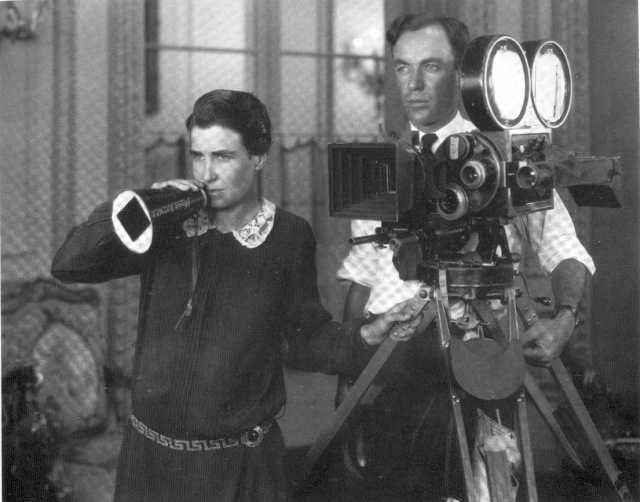
(Dorothy Arzner filming Dance, Girl, Dance)
In today’s film making, we have hi-tech equipment that helps you make a film. Whether it’s 3D or animation. 9.5mm cameras were frequently used during the 1900’s. Films over 150 years ago didn’t include any sound. They were no sound effects whether it be from the person walking to something dropping on the floor. They was also no dialogue included in these films. This is because the cameras back then did not have microphones attached to them. Nowadays most cameras that are used to shoot movies with include a microphone, however you will now find that boom mics and lavalier mics. Camera shots were all so different. The most camera shots that you could have included into your movie 100 years ago was zooming in and zooming out.
Film technology has changed throughout the years. Back in the early days, films were shot and edited in a different ways as to how films are shot and edited now.
Comparing the technology from back in the days until now things have changed. Back in the 1900’s, they had to use a razor in order to cut film. Nowadays we cut our films via final cut pro. Back in the days, no sound was recorded. This is non-destructive editing. If you make a mistake when editing it doesn’t matter because you always go back and re-edit. Final cut pro has made life much easier for film editors because majority of the hard work that they would have done before is cut out. In film there are two phrases that are used to describe this. They are Destructive & Non-destructive.
Early Film Technology
Pioneers such as Eadweard J. Muybridge, Thomas Edison and Auguste Lumière and Louis created/invented certain technology techniques that are used in films.
Eadweard J. Muybridge was known for creating animation locomotion. His technique which sometimes included taking several pictures from a stop-action camera and then framing them into a film clip by putting the images into a zoopraxiscope. Muybridge also created the zoopraxiscope which is an device that displays motion pictures on screen. Some people would consider it to be a modern-day projector which nowadays is used to premier movies on the big screen. His most famous piece of animation locomotion was the 30 second clip of a standard-bred horse trotting. He used these images to create a clip that would show the horse trotting as if you was seeing it in person.
Final Cut Pro
Final Cut Pro is a editing software that is runs on Apple. It enables you to edit footage that has been taken via camera/camcorder. A vast majority of films that have been made have been edited via final cut. The technology that is featured on final cut pro is of a professional standard. Not only can you do original camera effects like fade in and fade out, you can also do creative and professional effects like making the camera shake and SFX.
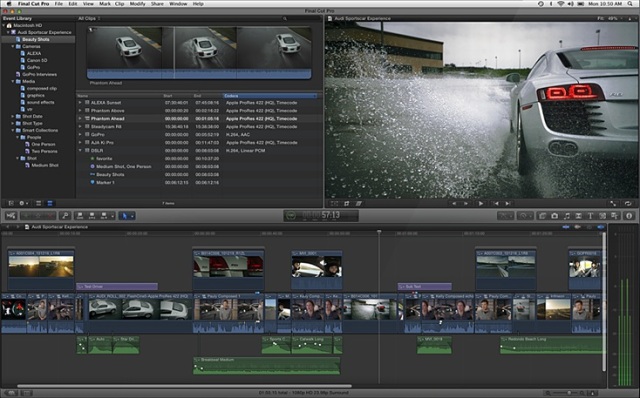
Evaluation of The Matrix Trailer
As part of my editing techniques coursework, we had to create a 1-minute trailer based on footage from the 1999 sci-fi film The Matrix. The editing software I had to use to create and edit my Matrix trailer was Final Cut Pro. Final Cut Pro is video editing software that enables you to edit footage that you have shot yourself via camera(s). When editing a piece of footage you can include such things as transitions; camera effects like dissolve and fade by fade; filters etc.
I started off by importing The Matrix clip into Final Cut Pro. After it downloaded, I decided watch the clip, so I could choose the scenes that I wanted to use for my trailer. After I selected the clips that I wanted to use, I cut the film clip and drop the clips that I wanted into my time line. I started arranging the clips in the correct order that I wanted them in so when it came back to me watching my trailer I was satisfied with what I had chosen. Trying to put the clips in order so that they made sense was a bit difficult to me. I had trouble decided where to position my clips as there was so many to choose from. In the end I decided to stick with the clips that I found interesting and wanted to see in my trailer.
Secondly, I had to add effects into my trailer such as fade and transitions. I ended up using quite a lot of fade by fade effects because they were the only effects that I thought was correct for my trailer. After I added my effects, the next thing on my list was text so I clicked on ‘slug’ then ‘text’ and then I wrote the phrase or sentence that wanted in my trailer. I kept the font in the trailer normal and didn’t add any effects.
When it came to sound, I initially didn’t want any music in my trailer. I just wanted diegetic sound. I wanted the audience to her the bullets flying and the characters talking. But after review professional trailers, I saw that they all had a small element of sound whether it was diegetic or non-diegetic. I decided to download the Matrix Theme Tune and import that into my trailer. I cut the downloaded mp3 clip so that in the beginning of the trailer the sound is slow and towards the end it was fast. I ended my trailer with one of the most iconic and mesmerizing scenes in the movie. The last thing you see in my trailer is two text scenes which say ‘The Matrix’ and ‘Coming Soon’.
Overall, I am really happy and satisfied with my trailer. I enjoy the process of making my trailer and I also enjoyed using Final Cut Pro. Even though I feel like I could have added more things to my trailer and make it better and more professional, I am happy with the ending project.
My Matrix Trailer:
Pioneering Techniques:
When comparing films that were made in the 1900’s to films that are made today, there are so many differences in how the films were made. Camera angles, editing techniques, the script/dialogue in the films and the equipment that was used in the 1900’s were much different than how things are now.
In 1902, a film called a Trip to the Moon; Le Voyage Dans La Lune was made by Georges Méliès and was a French black and white silent science fiction film.
Today, films are edited in a different way than films that were back in 1902. Back then they had to cut up the film reel with a razor in order for the film scene to be a cut shot. They also had to wipe the film reel in order to have a faded shot.
Camera angles back then were also very different. Nowadays, when you shot a film you have many different varieties of shots to choose from. Whether it’s a bird’s eye view shot; a three hundred and sixty degree shot or an over the shoulder shot, there are different ways that we could film the scene or even edit it in a film. Back in 1902, they only had five or maybe 5 shots to choose from.
(Mid length camera shot of Charlie Chaplin in ‘The Gold Rush’ made in 1925; a full length shot of the moon in ‘Voyage Dans La Lune’ made in 1902 and an over the shoulder shot from Hollyoaks made in 2010)
The editing equipment that they used to edit the film was also different. Now, you have computers which feature software such as final cut and Adobe which makes it easier for you to edit.
Majority of movies made back in the 20th century were shot in black and white. When color vision for TV and films were invented directors stop shooting their films in black and white and advanced to color. Some of them were silent movies where you can only hear either non-diagetic sounds however some of them also featured diagetic sound. In today’s films, you have special effects that can define sound in a movie, you have HD which not only makes the picture clearer but also makes the sound clearer and you also have audio clips of narration to help you understand the film more clearly.
Georges Méliès
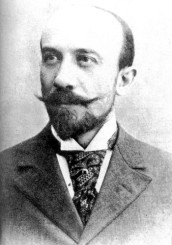
Georges Méliès who was born on the 8th December 1861 and died on the 21st January 1938; is a french film maker who helped developed cinema in the days. Méliès has directed over 530 films throughout his career and has become an influential figure in film. One of Georges’ most popular and memorable movies is A Trip to the Moon / Le Voyage Dans La Lune which he wrote and directed in 1902.
Edwin S. Porter
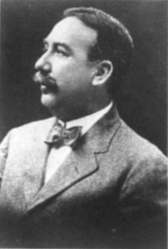
Edwin ‘Stanton’ Porter who was born on the 21st of April 1870 and died on the 30th April 1941; was a film pioneer who directed such films as Life of an American Fireman and The Great Train Robbery which were both directed in 1903.
D. W. Griffith
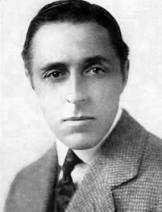
D. W. Griffith who was born on 22nd of January1875 and died on 23rd of July 1948; was a American pioneering film director. Griffith started his career as a playwright and later decided to become a film director and a film producer. Although his career in playwriting didn’t quite work out, he tried his hand at acting and often appeared as an extra in his own movies.
Griffiths’ films always made an impact in cinema because he always used film techniques that captured the audiences’ attention. His film ‘ The Birth of a Nation’ made a huge impact due to the different pioneering camera techniques that he used. Despite the film being criticised for its racist and extremely offensive storyline, it was still praised for the technical aspects.
The 7 Rules of Editing:
“Rule 1: Never make a cut without a positive reason.” – “An example of rule 1 is the film Boardinghouse. The editing in the scene doesn’t make sense and it doesn’t match with the rest of the film”
“Rule 2: When undecided about the exact frame to cut on, cut long rather than short.” – THIS RULE NO LONGER EXISTS IN FILM
“Rule 3: Whenever possible cut ‘in movement’.” – “An example of rule 3 is in the film Bad Boys 2. During the car chase there are many cuts during movement”
“Rule 4: The ‘fresh’ is preferable to the ‘stale’.” – ” An example of rule 4 is this scene from the action movie Kick Ass. The scene is fresh, it doesn’t feel stale and the editing cleverly cuts during each shot
“Rule 5: All scenes should begin and end with continuing action.” – “An example of rule 5 is in the film Kill Bill Volume 1. The film starts with action; a murder, and the film ends with action; a murder”
“Rule 6: Cut for proper values rather than proper ‘matches’. – ” An example of this rule is in the film Titanic. In this scene Jack dies but before he dies he confesses his love for Rose.
“Rule 7: Substance first—then form.” – “Dmytryk argues an editor must strive to improve the emotional power of a film.”
Film Continuity Errors:
Film Continuity is a media film term. It means that when shooting a film; you shoot various camera shots/angles of the same scene. When watching a film you will see different shots of an image or person from a different camera view.
The Hangover Continuity Errors:
- In one scene, Phil gets scratched on his back by Mike Tyson’s tiger that the gang had accidentally kidnapped. However, by the time of the wedding the scratches have disappeared.
- When the guys are leaving Vegas for the wedding, Doug is explaining that he found chips in his pocket. He is holding his hat with his left hand and the chips in his right hand however two shots later, the hat and chips have switched hands. Now the chips are in his left hand and the hat is in the right hand.
- The baby in the movies changes constantly. For instance, when the guys are sitting down for breakfast it is clear that “Carlos” is not the same baby as the one you see throughout the rest of the film. The shape of the baby’s eyes are different as well as its face.
Other examples of continuity errors in The Hangover:
The Circus:
A tramp (played by Charlie Chaplin) is mistaken for a pocket thief and is chased all through town by the police. He mistakenly comes across a circus and the audience like him and he becomes a massive accidental circus act. He then falls in love with the ringmaster daughter. In the end of the film he marries her and leaves the circus.
EDITING:
They have edited the film quite cleverly. The camera angles that are used in the film on the actor makes the film seem hilarious. There are a large range of full-length shots and a couple close up shots. There are rarely any extreme close up shots. The film is edited to make the character seem dopey and clumsy.
INFO:
- The film was written, directed and produced by Charlie Chaplin.
- It was released in 1928
- The running time for the film was 70 minutes
- Language: Silent Film
- It grossed £3.8 Million
The Kid:
PLOT:
A woman leaves her child in the backseat of a car with a note that asks the finder of the baby to take care of the baby. The Tramp (played by Charlie Chaplin) finds the baby and decides to take care of it. The boy falls sick and is taken to the hospital and it is revealed that The Tramp is not the father of the boy.
EDITING:
This film is edited in the same way that all Charlie Chaplin films are edited. He uses comedic innuendo in all his films meaning that he doesn’t mean to be funny but what he does still ends up being funny. There is always a situation at the beginning and the middle of the film.
INFO:
- The film was written, directed, produced, composed, edited and starred Charlie Chaplin.
- It was released in 1921
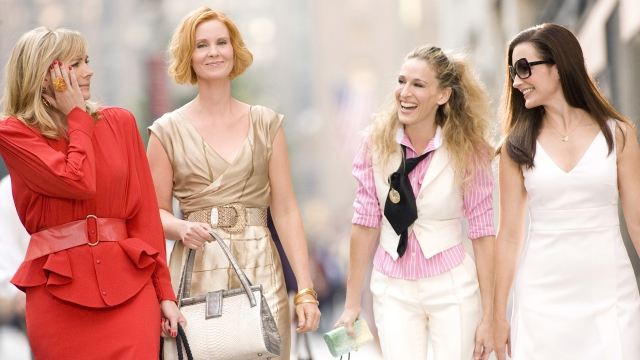
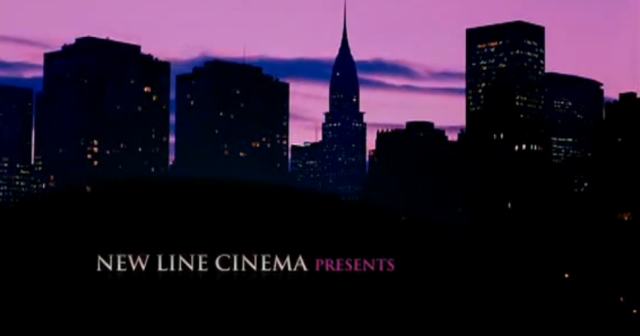
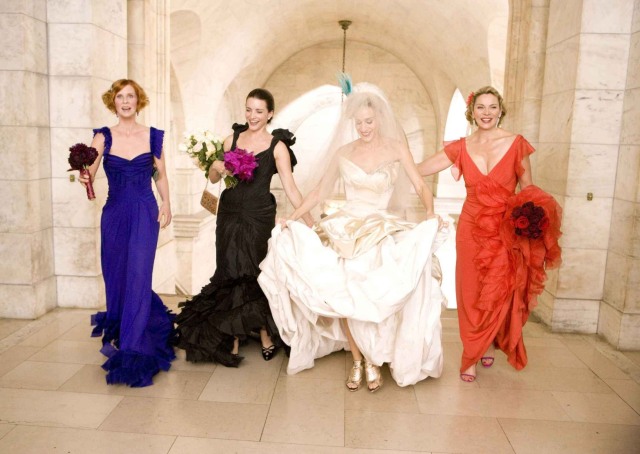
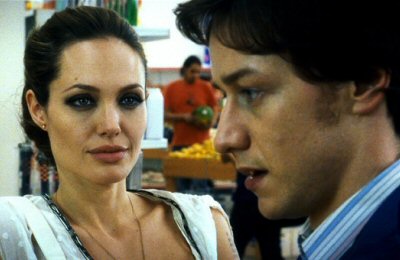
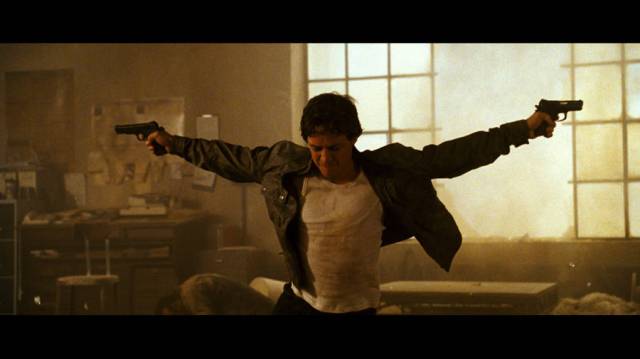
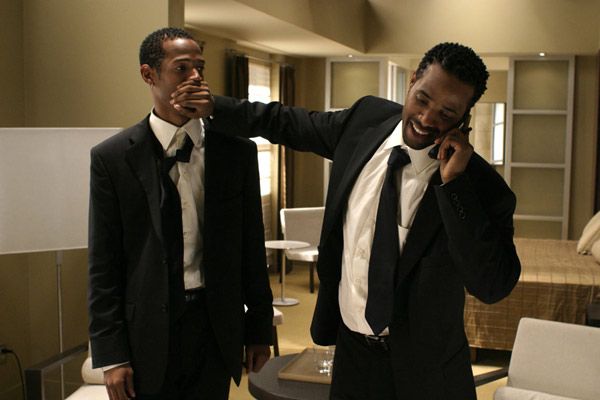
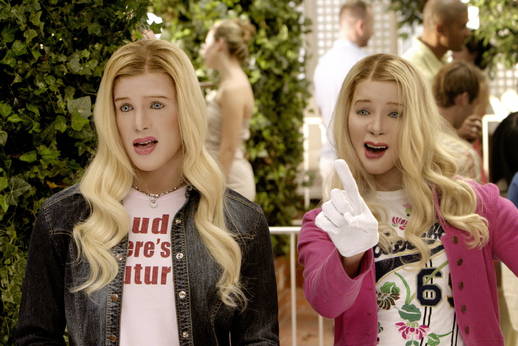
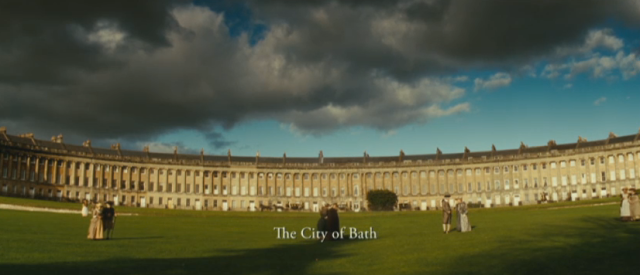
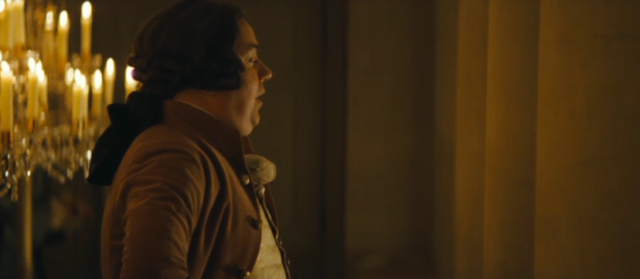
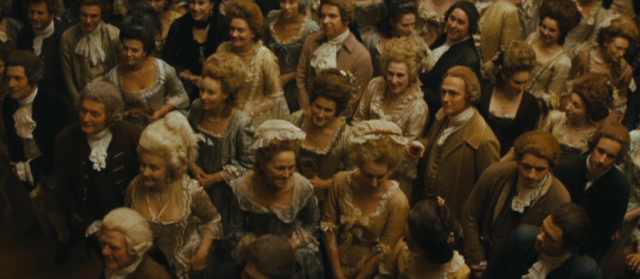
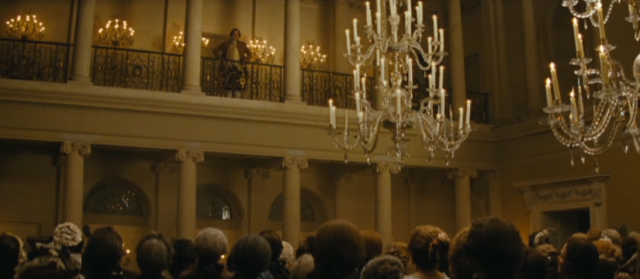
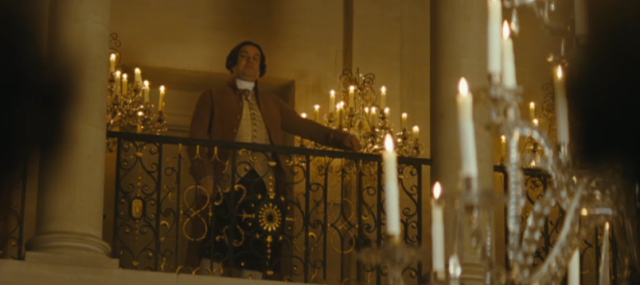
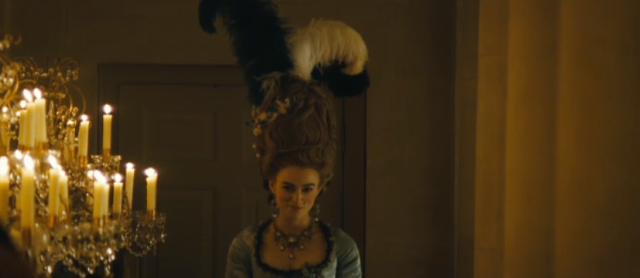
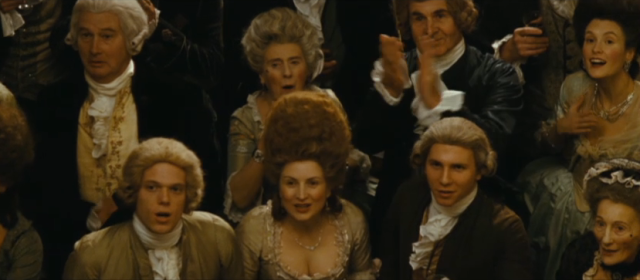
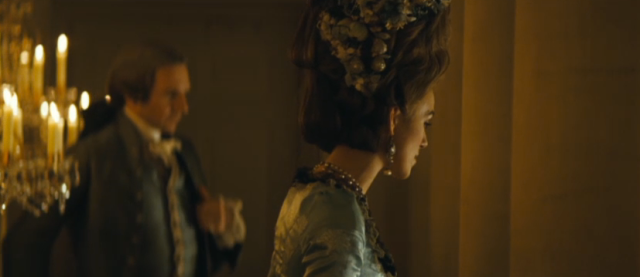
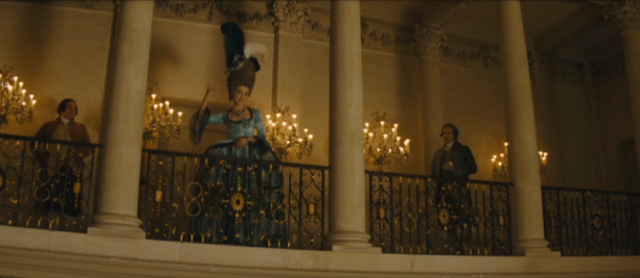
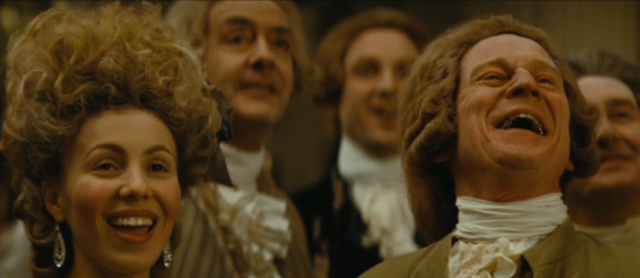
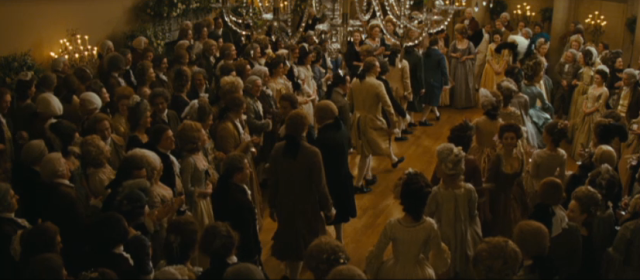
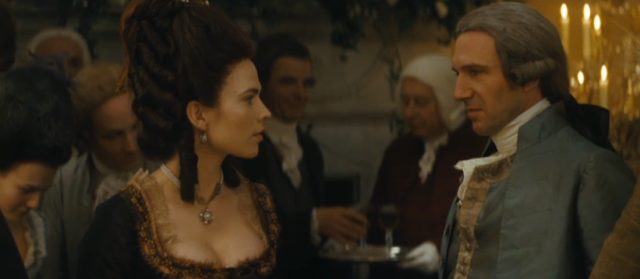
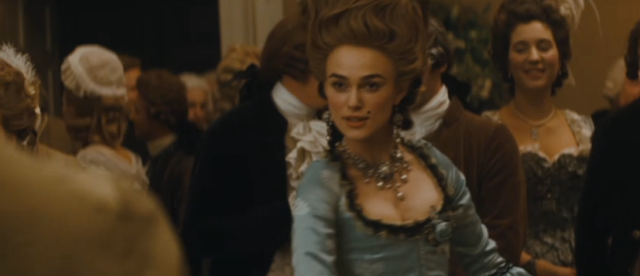
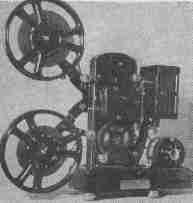
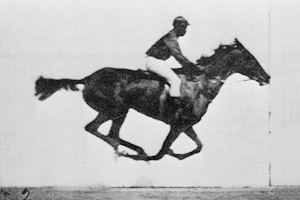
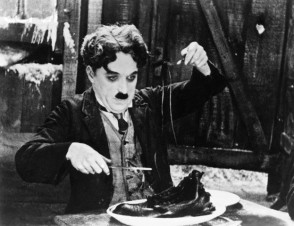

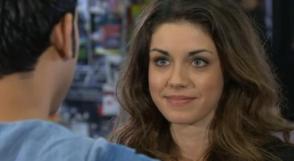
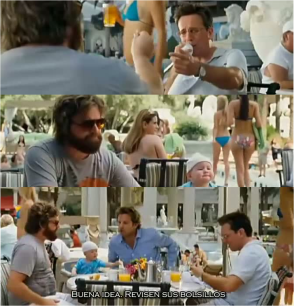
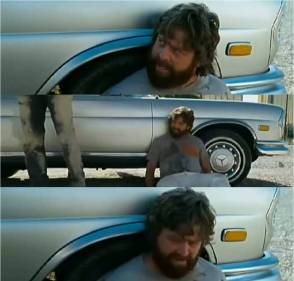
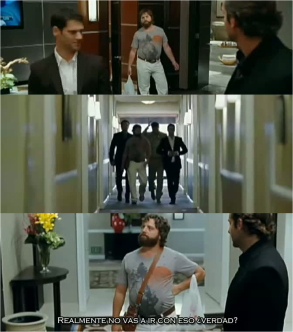
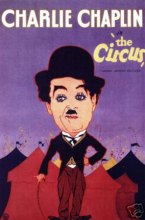
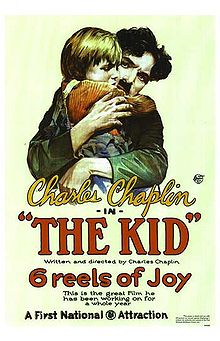
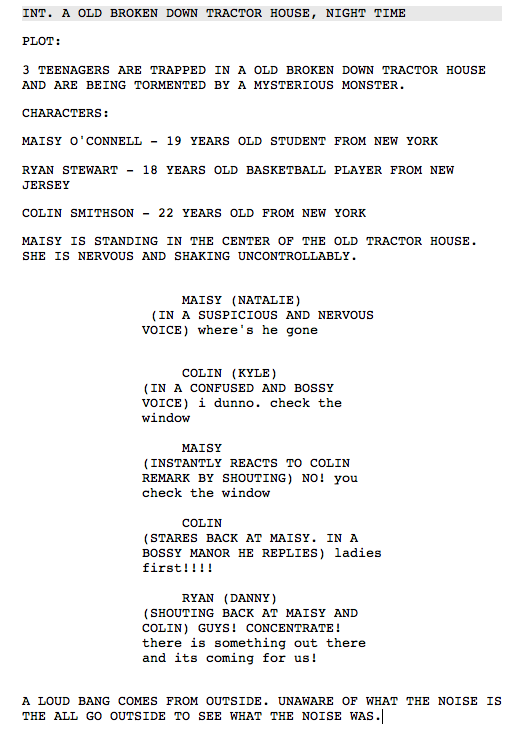
Very good.
up to date.
Keep it up.
Mark
Very good Shay keep it up 🙂
(GC16.1) Well done Shay This is a Distinction. for GC 16.1